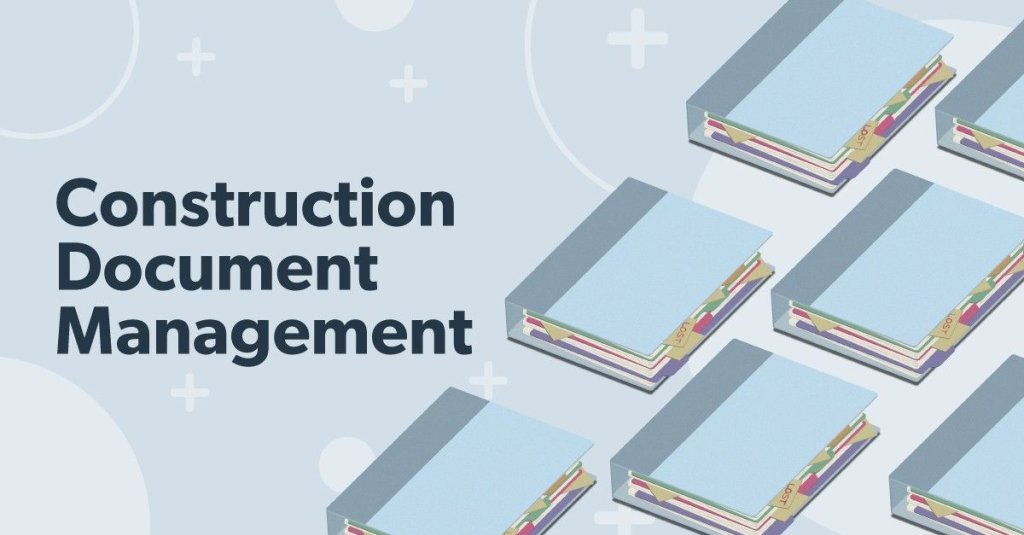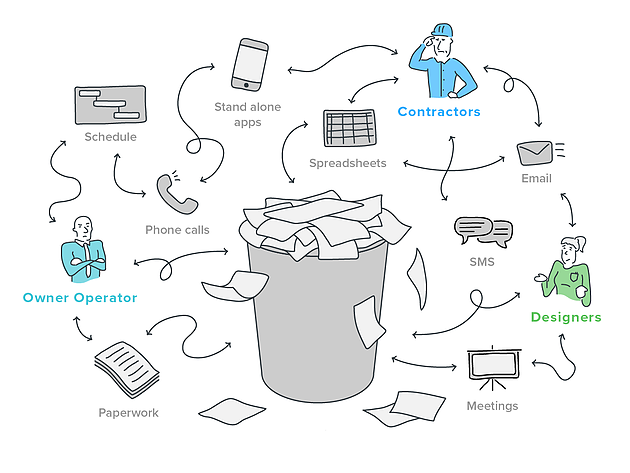Improve Your Workflow: Construction Document Management Made Easy
Improve Your Workflow: Construction Document Management Made Easy
Blog Article
Enhancing Workflow Effectiveness: Engineer's Expert Techniques for Building And Construction Paper Administration
In the realm of architectural layout and building and construction, the thorough monitoring of documents stands as a cornerstone for job success. These strategies not only ensure smooth task development however also hold the essential to unlocking enhanced productivity and accuracy in the complex world of building record administration.
Key File Company Techniques
When handling construction documents, one of the essential methods that architects utilize is establishing a efficient and methodical company system. This system usually includes classifying papers based on their type, such as drawings, specifications, contracts, and permits. By creating distinct and clear groups, engineers can rapidly locate specific information when required, conserving time and lessening errors in the building and construction procedure.
Within each category, engineers even more arrange documents by utilizing or producing subfolders numbering systems to denote variations or modifications (construction document management). This ordered structure makes sure that one of the most relevant and existing information is conveniently available while maintaining a document of changes made throughout the project timeline
Additionally, designers often utilize electronic file monitoring systems that provide functions like keyword search features, version control, and gain access to restrictions to enhance company and partnership amongst project stakeholders. These tools improve the file retrieval procedure, advertise real-time updates, and assist in smooth communication, inevitably adding to the total success of the building task.
Collaborative System Integration
To enhance record monitoring efficiency in construction tasks, architects perfectly integrate collective systems to improve interaction and improve sychronisation among task stakeholders. By leveraging joint systems such as project management software, cloud-based storage systems, and communication devices, designers can produce a centralized hub for all project-related records and communication networks. These systems allow staff member to access, testimonial, and work together on documents in real-time, reducing delays and the danger of errors related to traditional document management techniques.
Joint system combination likewise promotes openness and liability within the task team, as all stakeholders have exposure right into the latest task updates and modifications. By centralizing communication and record sharing, architects can make sure that all employee are working from one of the most up-to-date information, decreasing the possibilities of misunderstandings or problems occurring because of outdated files.
In addition, joint platforms allow smooth cooperation between designers, service providers, customers, and other job stakeholders, promoting an extra reliable and cohesive task process. By damaging down communication obstacles and assisting in information exchange, designers can drive productivity and technology in construction jobs, inevitably leading to successful project results.
Version Control Best Practices
Executing reliable version control practices is important for maintaining paper accuracy and uniformity in building tasks. By establishing a clear system for taking care of revisions, task groups can make certain that everyone is functioning from the most current documentation, decreasing the threat of errors and discrepancies throughout the construction stage.
Among the vital find more information best practices for version control is to appoint special identifiers to every record version. This can be attained by utilizing a numbering system or why not find out more date stamp that clearly suggests the order of alterations. By clearly classifying each iteration, group members can quickly track the progression of the document and identify one of the most recent version.

Automation Devices for Efficiency

Record control software, like Procore or PlanGrid, systematizes task documents, making it quickly available to all stakeholders. These systems enable real-time partnership, variation control, and automated back-ups, guarding against data loss. Additionally, Structure Info Modeling (BIM) software application automates the generation of building and construction illustrations and ensures that adjustments are integrated across all related files.
Integrating automation tools with cloud storage space solutions better boosts accessibility and safety and security. By automating the paper monitoring procedure, project teams can focus their effort and time on value-adding tasks, inevitably enhancing productivity and task outcomes.
Secure Data Monitoring Solutions
Successfully securing and handling task data is vital in the building and construction sector to ensure confidentiality and integrity throughout the click reference task lifecycle. Building companies can use encrypted cloud storage solutions to securely share and keep project records with accredited personnel.
Furthermore, making use of digital rights monitoring (DRM) devices includes an extra layer of protection by avoiding the unapproved distribution or duplication of project documents. Normal data back-ups are necessary to mitigate the danger of information loss due to unpredicted situations like equipment failures or cyber-attacks. Collaborative platforms with built-in safety features make it possible for seamless interaction and data sharing amongst project group participants while preserving information integrity.
Final Thought
To conclude, carrying out key record company techniques, incorporating collaborative platforms, practicing version control finest methods, utilizing automation tools, and adopting safe and secure information management options are vital methods for boosting operations effectiveness in construction document administration. These professional strategies can streamline processes, improve communication, make certain accuracy, and keep data safety and security throughout the construction project lifecycle.
In the realm of building design and construction, the meticulous administration of files stands as a foundation for job success. These techniques not only guarantee smooth job progression yet additionally hold the essential to unlocking improved productivity and precision in the intricate world of building and construction file administration.
To maximize document monitoring effectiveness in construction jobs, engineers seamlessly incorporate collective systems to boost communication and improve coordination among project stakeholders. These platforms allow team members to accessibility, evaluation, and collaborate on files in real-time, lowering hold-ups and the risk of errors associated with typical paper monitoring methods.
Making use of automation tools in building and construction record monitoring significantly enhances efficiency and simplifies processes for job teams. construction document management.
Report this page